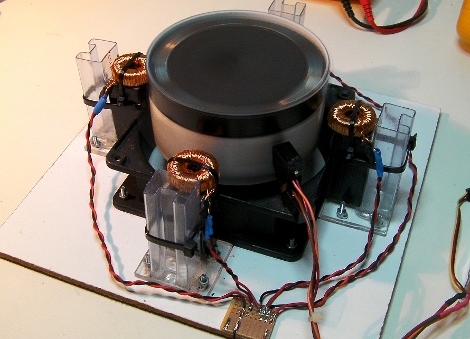
Tired of fighting Windows mobile on your HTC handset? Now you can fight a beta ROM of Android 2.1. [Slm4996] has put in a flurry of work over the last few days to get Android 2.1 running on the HTC Kaiser (aka AT&T tilt), Vogue, Niki, and Polaris. Right now everything except the camera and bluetooth is working but there is a bug tracker to help with troubleshooting any undiscovered issues. If you want to try it out but don’t want to flash the hacked ROM to your phone you can run it beside Windows Mobile by using HaRET.
Correction: The title of this post originally read “Droid 2.1” in error. We have corrected it to read “Android 2.1”. [Thanks GuyFrom7Up]

















